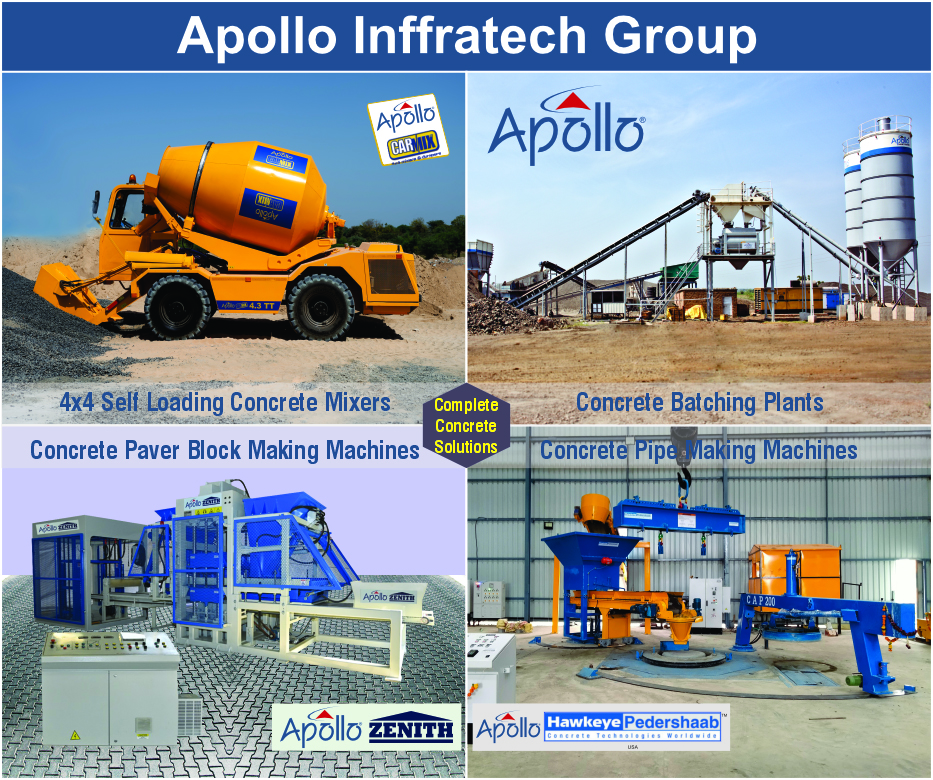The iconic image of workers eating lunch atop a steel beam during the construction of 30 Rockefeller Plaza remains a powerful symbol of the construction industry’s roots—and its risks. In the decades since, the sector has drastically reduced jobsite fatalities by 90%, thanks to evolving safety standards and now, groundbreaking technology.
Today, artificial intelligence (AI) is reshaping how we protect workers. At Clayco, one of the U.S.’s largest construction firms, safety tech is more advanced than ever. Helmets are no longer just “hard hats”—they’re smart devices made with energy-absorbing materials like Koroyd, equipped with NFC chips, fall detection, and location tracking.
Wearable exoskeletons help reduce strain, while automated lockout/tagout systems (autoLOTO) prevent exposure to hazardous energy. AI-powered cameras and drones provide real-time site monitoring, spotting safety lapses such as missing helmets or misplaced ladders far faster than the human eye.
Clayco’s in-house Work-Safe platform centralizes safety data, onboarding, and training, with AI-driven predictive analytics improving worker deployment and risk mitigation.
Construction has come a long way—but the goal remains clear: zero incidents. AI and innovation are not just tools; they are the backbone of a safer, smarter future for every worker on every site.










